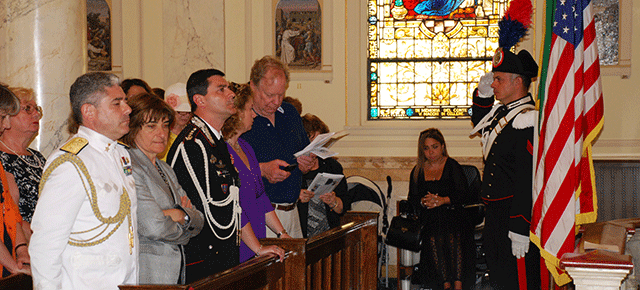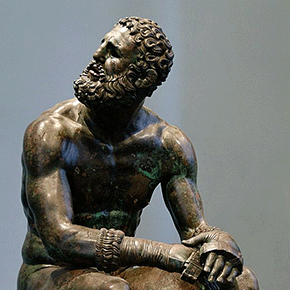An unprecedented exhibition of some 50 rare bronze sculptures and related works from the Hellenistic period is on view in Washington, D.C. at the National Gallery of Art from December 13, 2015, through March 20, 2016. Previously at the Palazzo Strozzi, Florence, and the J. Paul Getty Museum, Los Angeles, Power and Pathos: Bronze Sculpture of the Hellenistic World showcases bronze sculptures that are remarkably lifelike, often enhanced by copper eyelashes and lips and colored glass or stone eyes. Of the many thousands of bronze statues created in the Hellenistic period, only a small fraction is preserved. This exhibition is the first to gather together so many of the finest surviving bronzes from museums in Europe, North Africa, and the United States.
“We are delighted to present visitors with this rare opportunity to see these dazzling works up close,” said Earl A. Powell III, director, National Gallery of Art, Washington. “We are grateful to the lenders—museums in Austria, Denmark, France, Georgia, Great Britain, Greece, Italy, Spain, Tunisia, the United States, and the Vatican—as well as Bank of America for their generous support.”
“Circa un terzo delle opere, diciotto per l’esattezza, per questa magnifica mostra provengono da musei italiani, e’ una testimonianza dell’altissimo livello di cooperazione che continua a consolidarsi anno dopo anno tra la ‘National Gallery of art’ e le principali istituzioni culturali italiane”, ha osservato l’ambasciatore d’Italia a Washington, Claudio Bisogniero. “Sono molto lieto in particolare che anche grazie al sostegno della nostra Ambasciata, opere come il Corridore ed il Fauno Danzante dal Museo Archeologico Nazionale di Napoli, siano per la prima volta visibili al pubblico americano”.
During the Hellenistic period—generally from the late fourth century BC to the first century AD—the art and culture of Greece spread throughout the Mediterranean and lands once conquered by Alexander the Great. Through the medium of bronze, artists were able to capture the dynamic realism, expression, and detail that characterize the new artistic goals of the era.
Power and Pathos brings together the most significant examples of Hellenistic bronze sculpture to highlight their varying styles, techniques, contexts, functions, and histories. The conquests of Alexander the Great (ruled 336–323 BC) created one of the largest empires in history and ushered in the Hellenistic period, which ended with the rise of the Roman Empire. For some 300 years after Alexander’s death, the medium of bronze drove artistic experimentation and innovation. Bronze—surpassing marble with its tensile strength, reflective surface, and ability to hold the finest detail—was used for dynamic poses, dazzling displays of the nude body, and vivid expressions of age and character.
“Realistic portraiture as we know it today, with an emphasis on individuality and expression, originated in the Hellenistic period,” said exhibition curator Kenneth Lapatin. Jens M. Daehner, co-curator, added, “Along with images of gods, heroes, and athletes, sculptors introduced new subjects and portrayed people at all stages of life, from infancy to old age.” Both Daehner and Lapatin are associate curators in the department of antiquities at the J. Paul Getty Museum.
A widespread ancient phenomenon, Hellenistic art is found not only throughout the Mediterranean, but also in regions far away, such as Thrace in the Balkans, ancient Colchis (in the Republic of Georgia), and the southern Arabian Peninsula. Through several thematic sections, the exhibition emphasizes the unique role of bronze both as a medium of prestige and artistic innovation and as a material exceptionally suited for reproduction.
“The works from the Power and Pathos exhibition represent a turning point in artistic innovation during one of the most culturally vibrant periods in world history,” said Rena De Sisto, global arts and culture executive, Bank of America. “We’re thrilled to be the National Tour Sponsor and to help bring this important collection to D.C. in hopes to inspire curiosity and wonder.”

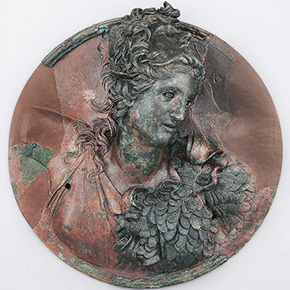



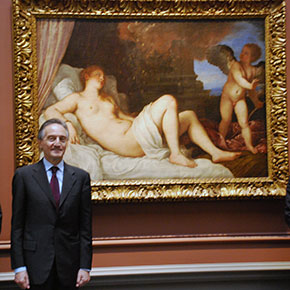

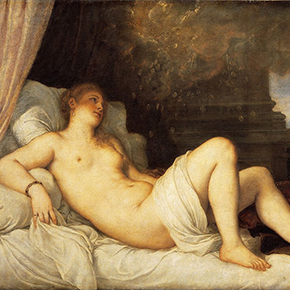
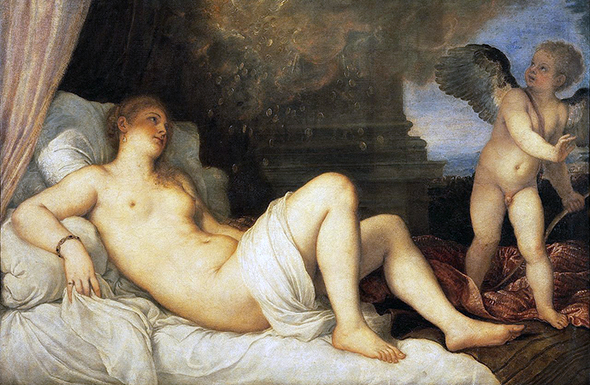
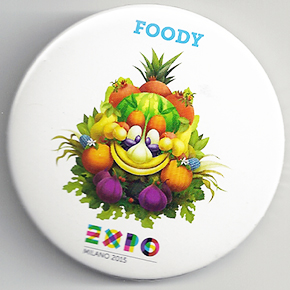



 Abesha Think Tank @AbeshaThinkTank
Abesha Think Tank @AbeshaThinkTank Andreas Sandre @andreas212nyc
Andreas Sandre @andreas212nyc Kara Guglielmo @karaguglielmo
Kara Guglielmo @karaguglielmo Gianni Riotta @riotta
Gianni Riotta @riotta Claudio Bisogniero @CBisogniero
Claudio Bisogniero @CBisogniero Embassy of Italy US @ItalyinUS
Embassy of Italy US @ItalyinUS